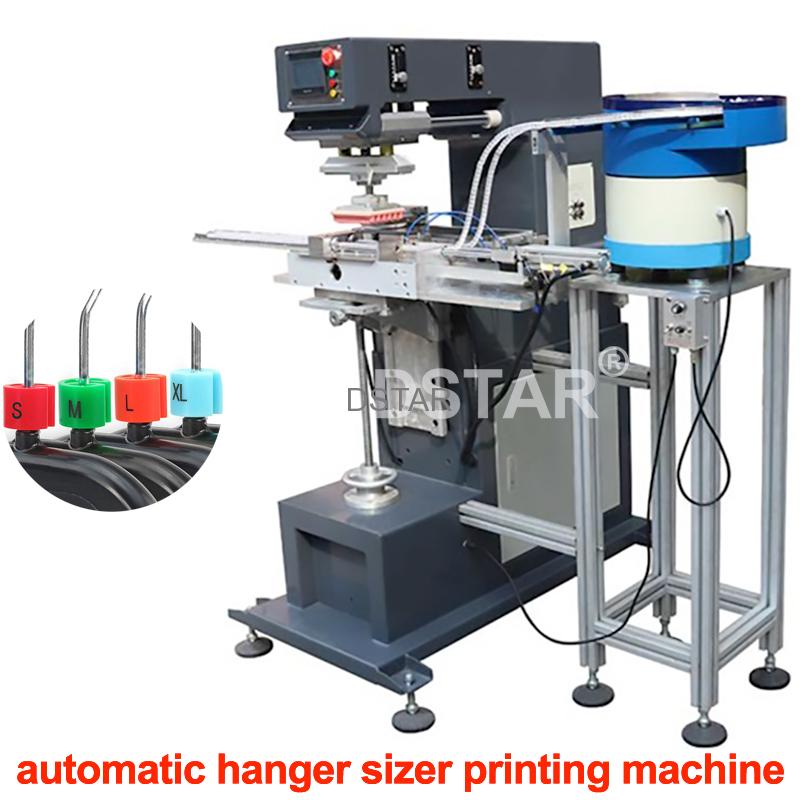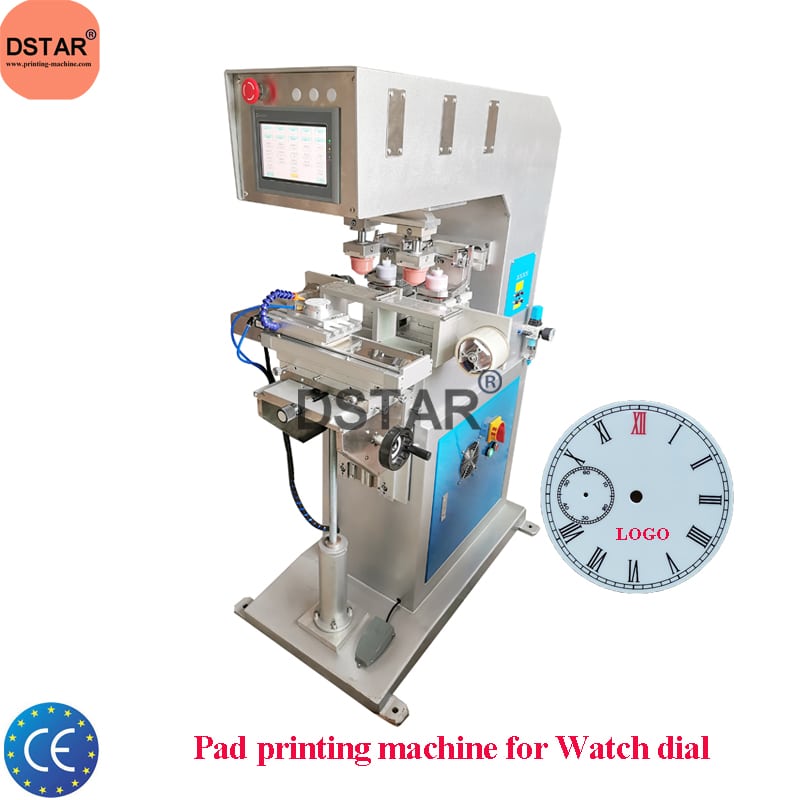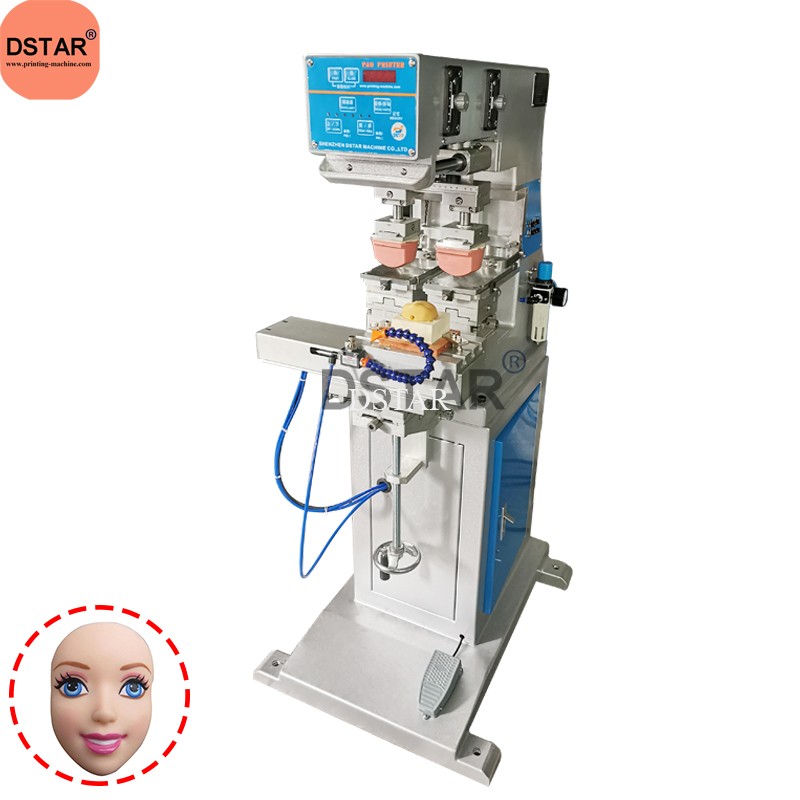The History and Evolution of Pad Printing Machines
The pad printing machine is widely used in our life. But do you know the history and evolution of the pad printing machine?
This article will introduce it to you,including the the origin, development, change and application fields of pad printing machine.
Pad printing machines are widely used in various industries for printing designs, logos, and other markings on different surfaces. The technology has been around for several decades and has undergone significant changes to become the precise and efficient printing solution it is today.



1. The history of pad printing machines dates back to the 1960s when it was first developed by a Swiss engineer named Helmut Schreiner. He wanted to find a way to print designs on small and irregularly shaped objects, which were difficult to print using traditional printing methods. Schreiner’s invention involved the use of a flexible silicone pad that could be pressed onto the printing plate and then onto the object being printed.
2. Over the years, pad printing technology continued to evolve, with improvements in ink formulations, printing plates, and the design of the printing machines. In the 1970s, companies like TOSH and TAMPOPRINT began manufacturing pad printing machines commercially. These machines were primarily used in the automotive and electronics industries for printing on small components.
3. In the 1980s, the toy industry began to adopt pad printing machines to print designs on action figures, dolls, and other toys. This marked a significant shift in the use of the technology, as it was now being used for consumer products rather than just industrial applications.
4. As the demand for pad printing machines grew, manufacturers began to introduce new features and technologies to improve their efficiency and accuracy. For example, the use of digital printing plates and computer-controlled machines allowed for more precise and consistent printing.
5.In the 1990s, the introduction of laser engraving technology made it possible to create more detailed and complex printing plates. This allowed for the printing of high-resolution images and designs on a wide range of surfaces, including plastics, metals, and ceramics.
6. Pad printing was first invented in Switzerland, which is the birthplace of the precision watch industry. Due to the development of the watch industry at that time and the need for detailed printing of digital lines, pad printing was invented and formed. Later, it was perfected in Germany during World War II. The flexibility of its printing, coupled with the development of silica gel, chemical in,k and plate-making technology, pad printing was introduced to Hong Kong in the 1960s and 1970s. Later, as a large number of Hong Kong industrial enterprises entered mainland of China, the natural pad printing technology was passed on. Entered China and made great development and progress.
Today, pad printing machines are widely used in several industries, including automotive, electronics, medical devices, and consumer products. They are used to print logos, designs, and other markings on a wide range of products, from automotive parts to smartphone cases.
Some of the latest developments in pad printing technology include the use of UV-curable inks, which are cured using ultraviolet light rather than heat. This allows for faster printing times and reduces the risk of smudging or smearing.
In conclusion, the history and evolution of pad printing machines have been marked by significant advancements in technology and design. These machines have become an essential tool in several industries, allowing for the precise and efficient printing of designs and markings on a wide range of surfaces. As technology continues to evolve, it is likely that pad printing machines will continue to play an important role in the manufacturing and production of consumer and industrial products.
 DSTAR machine
DSTAR machine

WeChat
Scan the QR Code with wechat